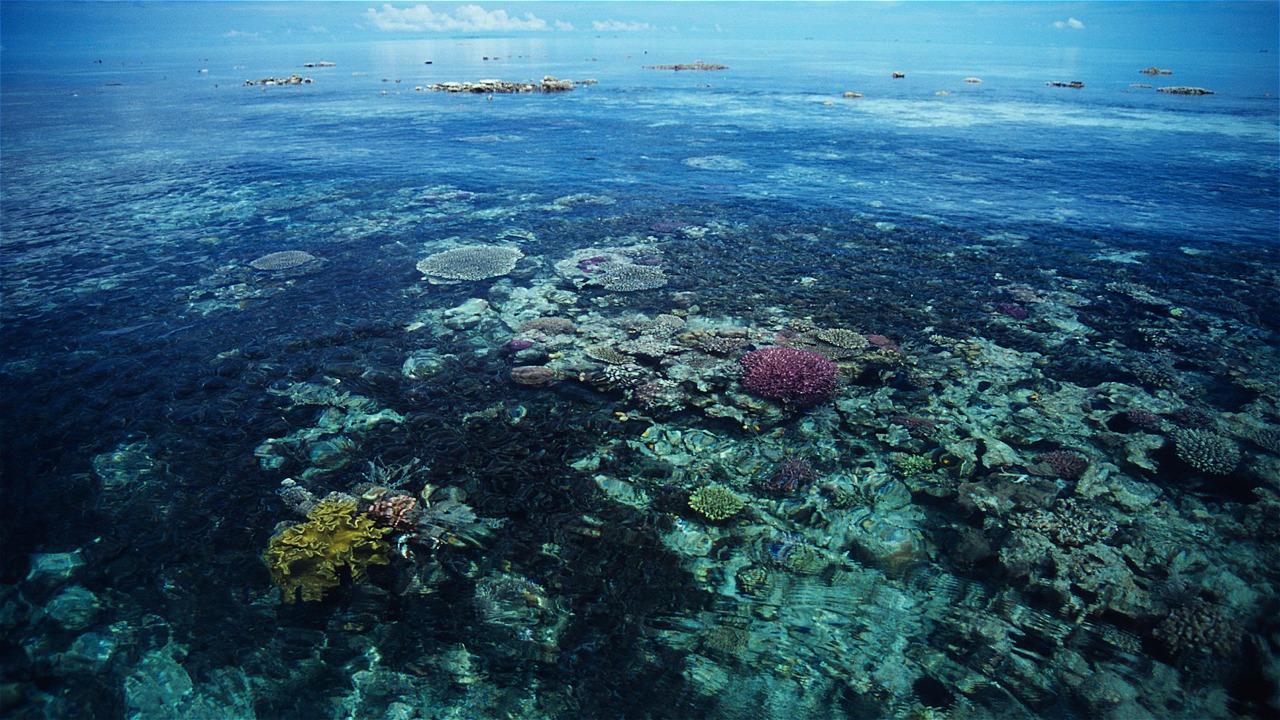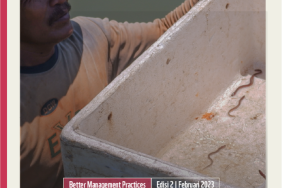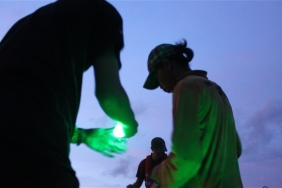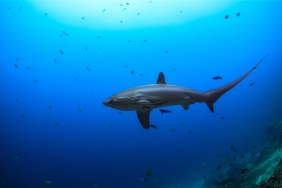THE CHARM OF THE BIG LABENGKI ISLAND REEF WALL
By: Jibriel Firman Sofyan (Reef Check Indonesia)
Labengki Besar Island was one of the dive sites on day 4 of #XPDCSULTRA. Interestingly, compared to the previous points, this dive in the waters of Labengki Besar was more eye-catching. We were fascinated by the characteristics of the island formed from karst rocks. The karst rock has many pores, forming a reef slope that resembles a wall. Plus, the water clarity is high.
Not surprisingly, Labengki, which is located in Lasolo Islands District, North Konawe Regency, has indeed become a tourist spot that has begun to rise thanks to the media spotlight both television and the internet. In fact, it is said that Labengki is touted as a miniature Raja Ampat in Southeast Sulawesi!
On the previous site, I, who served as a big fish observer in Team B led by Evi Nurul Ihsan (WWF-Indonesia), tended to enjoy more fun diving than observing large fish (>35 cm). Not for nothing, but indeed because at the previous points, the big fish were relatively quiet.
My task on this expedition was put to the test today, at the Labengki Besar Island site. There were quite a few big fish from the Sweetlips and Snapper groups that I encountered. I worked hard to record each species and estimate the length of the fish. Luckily, I also got to see two hawksbill turtles (Eretmochelis imbricata).
However, the turtles were moving wildly, making it quite difficult to capture them in the camera lens up close. Sea turtles often migrate thousands of kilometers between feeding and nesting grounds. They are marine explorers of the archipelago.
The topography of the reef, which is overgrown with hard corals as well as soft corals, looks beautiful forming a wall of almost 90 degrees. The bottom of the water that is no longer visible makes my adrenaline rush and gives more sensation in diving. The characteristics of this kind of dive site are in great demand by divers.
This dive site on Labengki Besar Island is included in the Lasolo Bay Nature Park (TWA) area. From the surface, no fishing activities were seen by fishermen. So I can reasonably conclude that the site is still fairly well preserved - and hopefully will continue to be so.





